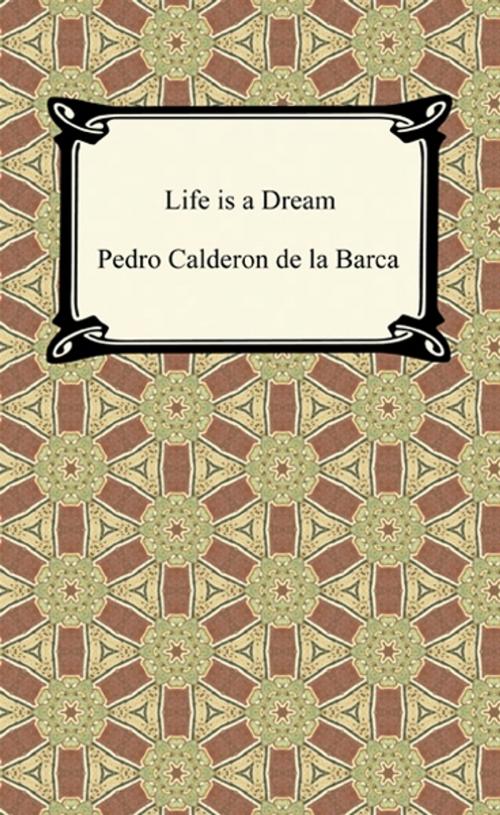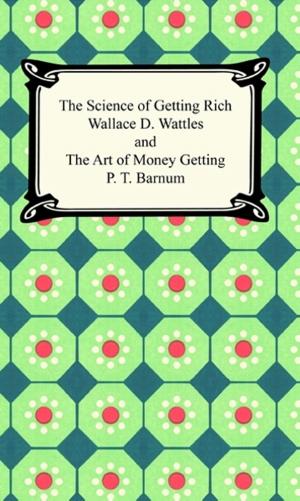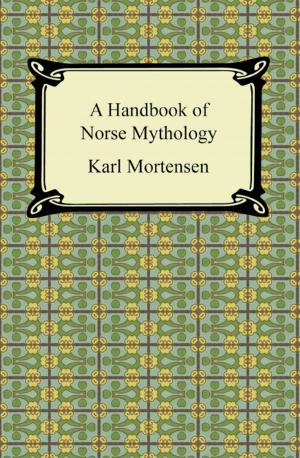| Author: | Pedro Calderon de la Barca | ISBN: | 9781596251816 |
| Publisher: | Neeland Media LLC | Publication: | January 1, 2012 |
| Imprint: | Digireads.com Publishing | Language: | English |
| Author: | Pedro Calderon de la Barca |
| ISBN: | 9781596251816 |
| Publisher: | Neeland Media LLC |
| Publication: | January 1, 2012 |
| Imprint: | Digireads.com Publishing |
| Language: | English |
The death of Pedro Calderón de la Barca (1600-1681) marked the end of Spain's Golden Age of literary and artistic excellence, and his immense popularity and mastery of Spanish drama has earned him notoriety as the national dramatist of Spain. Although he came from a family of lower nobility, his theater is often associated with the royal court, as he presented many plays in the palace of Philip IV. His best known work, "Life Is a Dream", borrows material from several other sources and transforms it into a masterful philosophical drama. The story of King Basil of Poland and his son, Segismund, is a complex and improbable plot featuring themes of the awakened sleeper, Christian grace, pagan superstition, and the popular Spanish theme of God's grace revealing nobility. This play has been translated and performed in many different languages, and it remains an unquestioned masterpiece of world theater.
The death of Pedro Calderón de la Barca (1600-1681) marked the end of Spain's Golden Age of literary and artistic excellence, and his immense popularity and mastery of Spanish drama has earned him notoriety as the national dramatist of Spain. Although he came from a family of lower nobility, his theater is often associated with the royal court, as he presented many plays in the palace of Philip IV. His best known work, "Life Is a Dream", borrows material from several other sources and transforms it into a masterful philosophical drama. The story of King Basil of Poland and his son, Segismund, is a complex and improbable plot featuring themes of the awakened sleeper, Christian grace, pagan superstition, and the popular Spanish theme of God's grace revealing nobility. This play has been translated and performed in many different languages, and it remains an unquestioned masterpiece of world theater.















